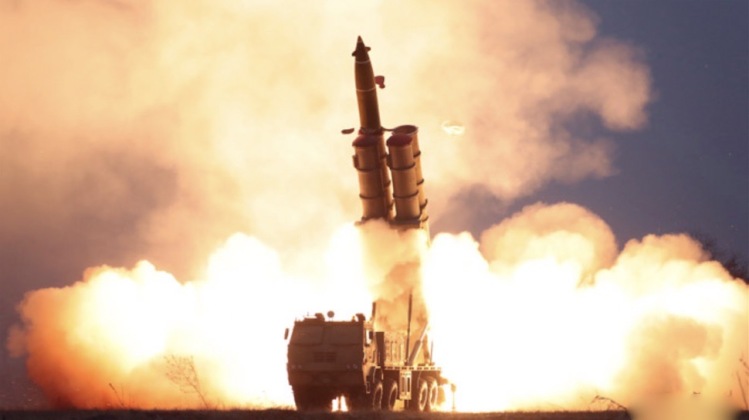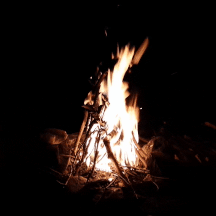North Korea’s armed forces have held artillery exercises “inspecting and evaluating” performance “in order to increase their mobile artillery combat capabilities,” the Korean Central News Agency state media outlet reported on November 7th. The drills were held the previous day, and saw the Korean People’s Army (KPA) demonstrating its firepower “at a time when enthusiasm to undergo intensive training prevails throughout the [Army] for ushering in a new heyday in strengthening the state defence capabilities under the banner of self-defence.” North Korean artillery forces are by many estimates the very largest in the world, and have seen many new additions in recent years particularly in the field of rocket artillery including all of the worlds longest range systems outside China. The country’s staging of rocket artillery exercises seemingly in response to unannounced joint U.S.-South Korean air force drills reflects the KPA’s greater reliance on artillery for laying down fire where its adversaries rely on aircraft. North Korea’s defence sector is among the world’s most versatile and produces a wide range of artillery, although it does not produce combat jet aircraft with the exception of a small number of license produced MiG-29s. Its lower reliance on aerial warfare is in part a result of this.

Senior Politburo official Pak Jon Chon, and Army Chief of Staff General Rim Kwang Il were among those who oversaw the artillery exercises, while commanders were provided with decision-making autonomy to carry out their tasks and personally commanded individual artillery units to destroy targets. “As soon as the firing orders were given by the commanders of the combined units, guns competitively shelled the target to accurately hit and annihilate the enemy,” KCNA reported. North Korea and the United States have been technically at war for over 70 years. Tensions between them remain high, with Washington having seriously considered initiating hostilities both under the administrations of Barack Obama in 2016 and under the Donald Trump in 2017. The latter considered plans for mass nuclear strikes on the East Asian state which were expected to cause millions of casualties. North Korea has developed a range of nuclear tipped ballistic missiles to complement its artillery, including at least three classes of intercontinental range missile capable of striking cities on the United States mainland, which are seen by Pyongyang as a deterrent against U.S. attacks.
